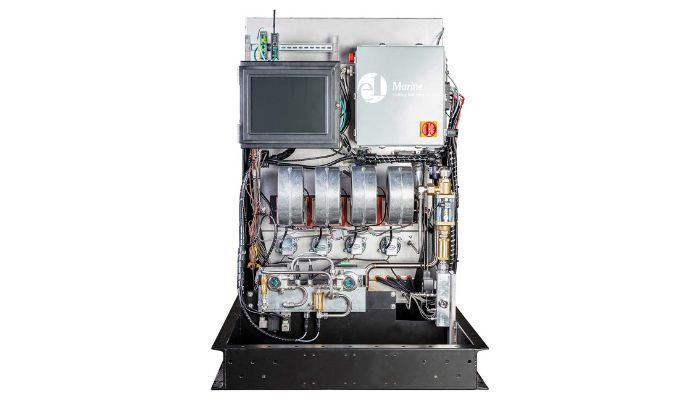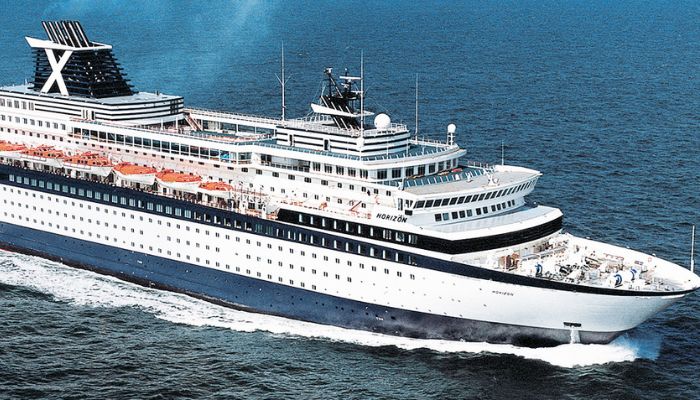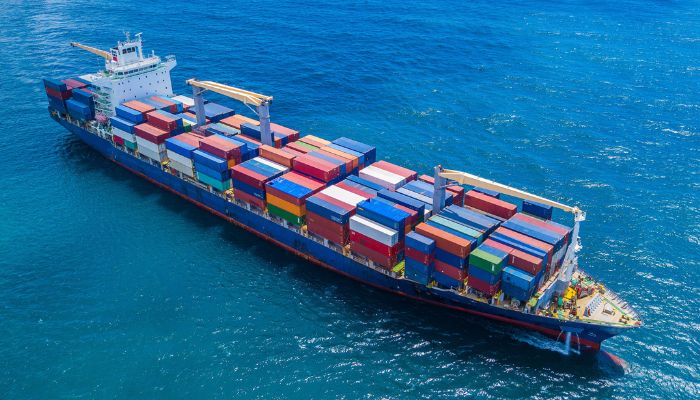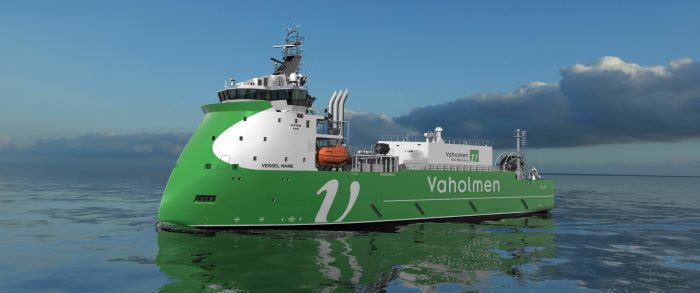-
The Bureau of Customs on August 31 reinstated six Port of Subic officials after the conclusion of an investigation on alleged smuggling of refined sugar at the port
-
The investigation showed there was no negligence on the part of the officials in the discharge of their duties
-
The six were reinstated after they were temporarily transferred to the Office of the Commissioner through an August 24 order pending results of the investigation
-
The investigation also showed the Sugar Regulatory Administration clearances covering the shipment were authentic and not recycled, as initially alleged
The Bureau of Customs (BOC) reinstated on August 31 six Port of Subic officials after the conclusion of an investigation on alleged smuggling of refined sugar at the port. The probe found no negligence on the part of the officials and all documents surrounding the shipment in order.
BOC-Subic district collector Maritess T. Martin, deputy collector for assessment Maita S. Acevedo, deputy collector for operations Giovanni Ferdinand A. Leynes, Assessment Division chief Belinda F. Lim, Enforcement and Security Service district commander Vincent Mark S. Malasmas, and Customs Intelligence and Investigation Service (CIIS) field supervisor Atty. Justin S. Geli have been ordered to return to their posts, Acting Customs commissioner Yogi Filemon Ruiz said in a statement on September 1.
The six officials through an order dated August 24 were temporarily transferred to the Office of the Commissioner pending results of an inquiry into alleged smuggling of sugar from Thailand. The order directing the six to return to their previous posts was signed by Ruiz on August 31.
The relief of officials came after BOC-Subic on August 18 foiled an alleged attempt to smuggle in 140,000 bags or 7,021 metric tons of imported sugar from Thailand with total tax payment valued at P45.623 million.
BOC also detained general cargo ship M/V Bangpakaew, which carried the imported sugar that arrived at Subic port on August 17.
Initial probe conducted by BOC’s CIIS indicated that the importer allegedly used a “recycled permit,” or an import permit already used in a previous import allocation. It showed the cargo is covered by a special permit to discharge and verified single administrative document from BOC and with a verified clearance from the Sugar Regulatory Administration (SRA).
The SRA and importer Oro-Agritrade Inc. earlier said the shipment was legitimate and had a valid permit and clearance from SRA.
Ruiz said the result of the investigation conducted by the Internal Inquiry and Prosecution Division of the CIIS showed there was no negligence on the part of the BOC-Subic personnel in the discharge of their duties, and that the SRA clearances covering the shipment were authentic and not recycled, as initially alleged.
According to BOC, two entries for the shipment were filed on August 12 and were tagged under “yellow lane” under BOC’s selectivity system. Shipments tagged as yellow are considered as cargoes which have low to medium risk and are subject to document check.
BOC said the two entries for the shipment were covered with the required documentation such as the SRA Certificate for Release of Imported Sugar; Food and Drug Administration (FDA) License to Operate; Certificate of Analysis, FDA Certificate of Product Registration; bill of lading; packing list; ASEAN Trade in Goods Agreement Form-D; commercial invoice and load port survey report.
BOC said verification of documents showed no irregularities and that the shipment was processed in accordance with the existing rules and regulations of BOC.
The investigators found all documents presented were complete and properly complied. BOC said this meant the consignee complied with the regulations set forth by the Philippine National Trade Repository for the importation of sugar standards.
Moreover, BOC said the statement of the BOC-Subic personnel are consistent with and corroborated by the certification issued by the SRA.
SRA earlier sent BOC a certification letter certifying that the shipment consigned to Oro-Agritrade has been cleared by the SRA as per Sugar Order No.3, Series of 2021-2022.
Sugar Order No. 3, approved by the SRA Board in May 2022, provides the sugar import program for crop year 2021 to 2022 and provides the rules for the importation of 200,000 MT of refined sugar. SRA said the clearance for the Subic port sugar shipment is valid until September 4, 2022.
“Thus, there is no prima facie nor substantial evidence to warrant the filing of administrative charges against the concerned BOC personnel,” BOC said. It added that the issuance of certification by the SRA “negated all the allegations of sugar smuggling and effectively cleared and/or absolved the BOC-Port of Subic from any irregularities with regard to the processing of the shipments.”










